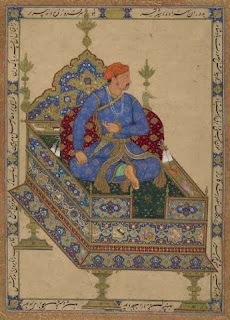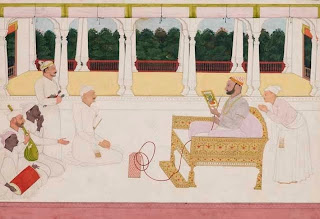Easter to Mitsuko Uchida 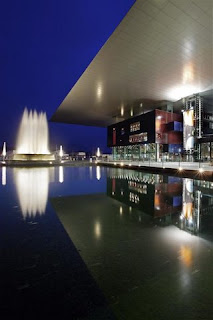

When these day the news from Japan are still disappointing and tragic to see in concert with pianist Mitsuko Uchida
(1948) is cause for celebration, life, beauty and music. Uchida excellence is felt constantly, and no exception when he played the
Quintet in E flat Major for Piano , Ob oe, Clarinet, Horn and Bassoon op.16 by Ludwig van Beethoven, in a of its two performances at the Easter Festival in Lucerne (9-17 April).
The Japanese pianist is known for playing with majestic works of Beethoven, one of his favorite composers. Beethoven (1770-1827) composed his quintet piano in the late eighteenth century, inspired by the
Quintet in E flat Major KV 452 by Wolfgang Amadeus Mozart (1756-1791).
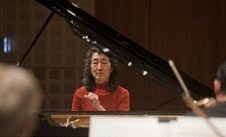
Uchida was accompanied by four musicians from the Symphony Orchestra of Bavarian Radio (Symphonieorchester des Bayerischen Rundfunks
), including the English Ramón Ortega Quero (oboe). Uchida, who played only the first part, imbued his performance of subtlety, precision and elegance, and bursts of enthusiasm to dive at certain times of the segments that make up the work. He retired in the midst of intense applause. The second part was conducted solely by eight musicians of the Orchestra Orchestra of the Bavarian Radio, who performed the
Octet for two violins, Viola, Cello, Double Bass, Clarinet, Horn and Bassoon the Austrian Franz Schubert (1797-1828). Mitsuko Uchida
born on the outskirts of Tokyo (1948) and the twelve years he went to live in Austria to receive a thorough musical education. His interpretations of Mozart, Franz Schubert,

Alban Berg, Arnold Schoenberg, Anton Webern and Pierre Boulez are also held, and some of them have won major international awards.
During this short festival were thirteen concerts, which attracted nearly 15,000 aa. The director Dutch
Bernard Haitink (above) and the Chamber Orchestra of Europe highlighted, among others.
Daniel Barenboim and many more in Fe Summer Stival Once the Easter Festival, attention and efforts began to focus on the long awaited
Summer Festival, which this year be held from 10 August to 18 September. It seems that everything is ready and in a week will go on sale tickets for concerts and other events.
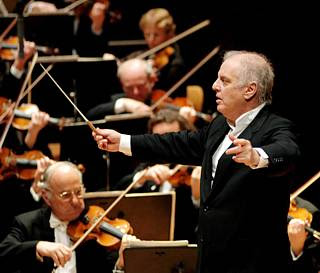
As usual, the festival brings together the best of the best, including orchestras, conductors and soloists. Some concerts are simply unmissable as directors
Claudio Abbado and Pierre Boulez
, two giants that are the hallmarks of the festival, several concerts or Israeli-Argentine director Daniel B
to r enboim , along with the West-Eastern Orchestra

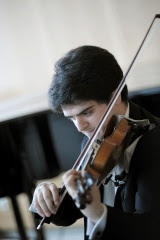
Divan or next to the Berlin Staatskapelle. Barenboim family-together-will be installed for a while at the festival, because Elena Bashkirova
, outstanding Russian pianist and wife of Latin American director, as well as their son, Michael
(violinist), make their respective presentations.
Some of the bands that parade through the festival are the Berlin Philharmonic, Vienna and Israel and the Chicago Symphony. Within the list of directors are Daniel Harding, Riccardo Muti, Charles Dutoit, Simon Rattle and Zubin Mehta. Among the soloists are the pianist Maurizio Pollini, Hélène Grimaud, Jean-Yves Thibaudet, Tzimon Barto, the soprano Christine Schäfer and Barbara Hannigan, violinist Anne-Sophie Mutter, and the list goes on. Not to mention the more than 100 young musicians from around the world that make up the Academy led by Boulez Festival.
The theme of the next festival is the 'night.
"will focus on visionary composers and dreamers, mystics and masters of the dark sounds. Dedicated to the darkness and the unconscious, music itself is the art of the Night ", explained the executive. Will explore five different aspects of the night, one
model 'from darkness to light ' with Beethoven and his successors, one on Anton Bruckner, the great mystic among symphonists, and
Insomnia. The latter developed by the Swiss artist Charlotte Hug, one of the two 'guest stars' at the festival. Hug installed at the Museum of Art Lucerne your musical-visual displays
Insomnia, also lead a panel discussion on the relationship lack of sleep and the music will play

viola, improvise with his voice, and submitted together with the Academy Festival in its new composition,
Nachtplasmen , for orchestra and video.
Charlotte Hug, who lives between London and Zurich is passionate about his work, and talking radiates vitality and energy contagious. He said his project for the festival is transdisciplinary (not interdisciplinary) because the elements, visible and invisible, that are part of the music to merge inseparably interpenetrate. The sketch he designed for this occasion capture their ideas
(above. Photo © Liana Cisneros) .
Photos © Lucerne Festival .
 Date: 24/05 at 19:30
Date: 24/05 at 19:30  Date: 13/05 at 19:30, 14/05 at 19:30 and 11:30 am 15/05 to
Date: 13/05 at 19:30, 14/05 at 19:30 and 11:30 am 15/05 to 
